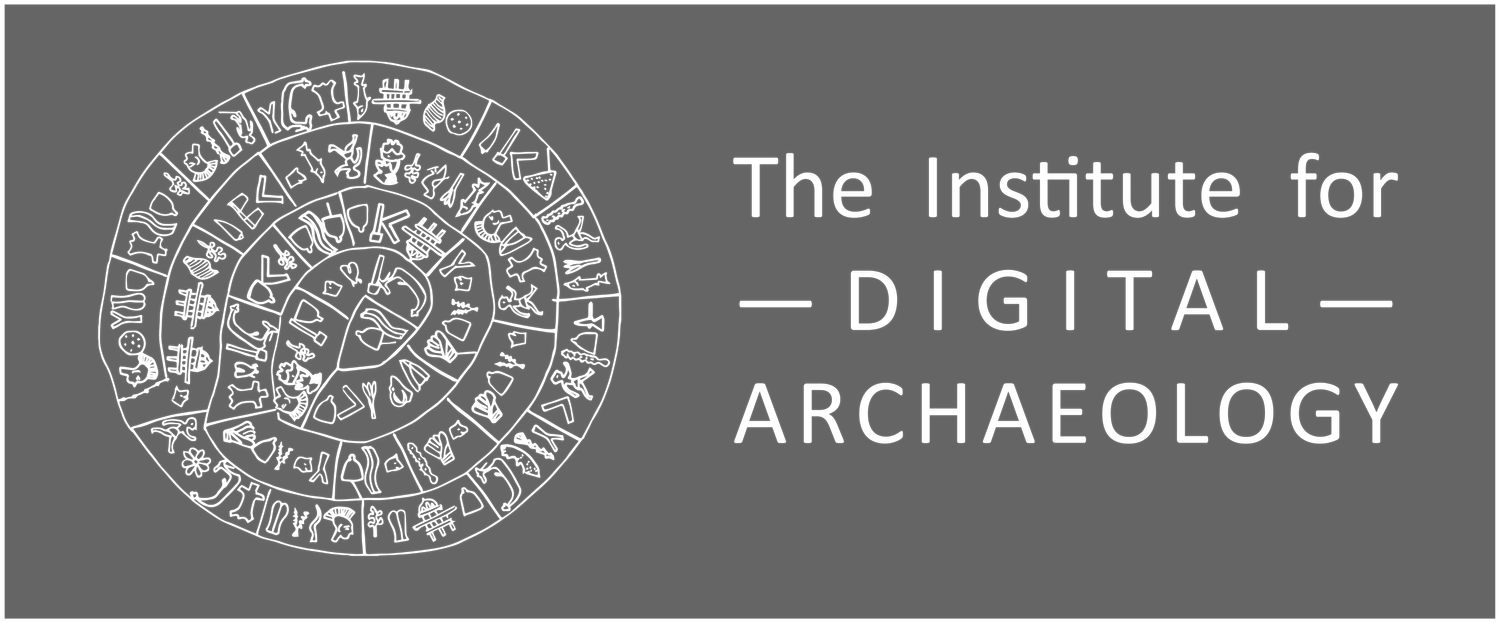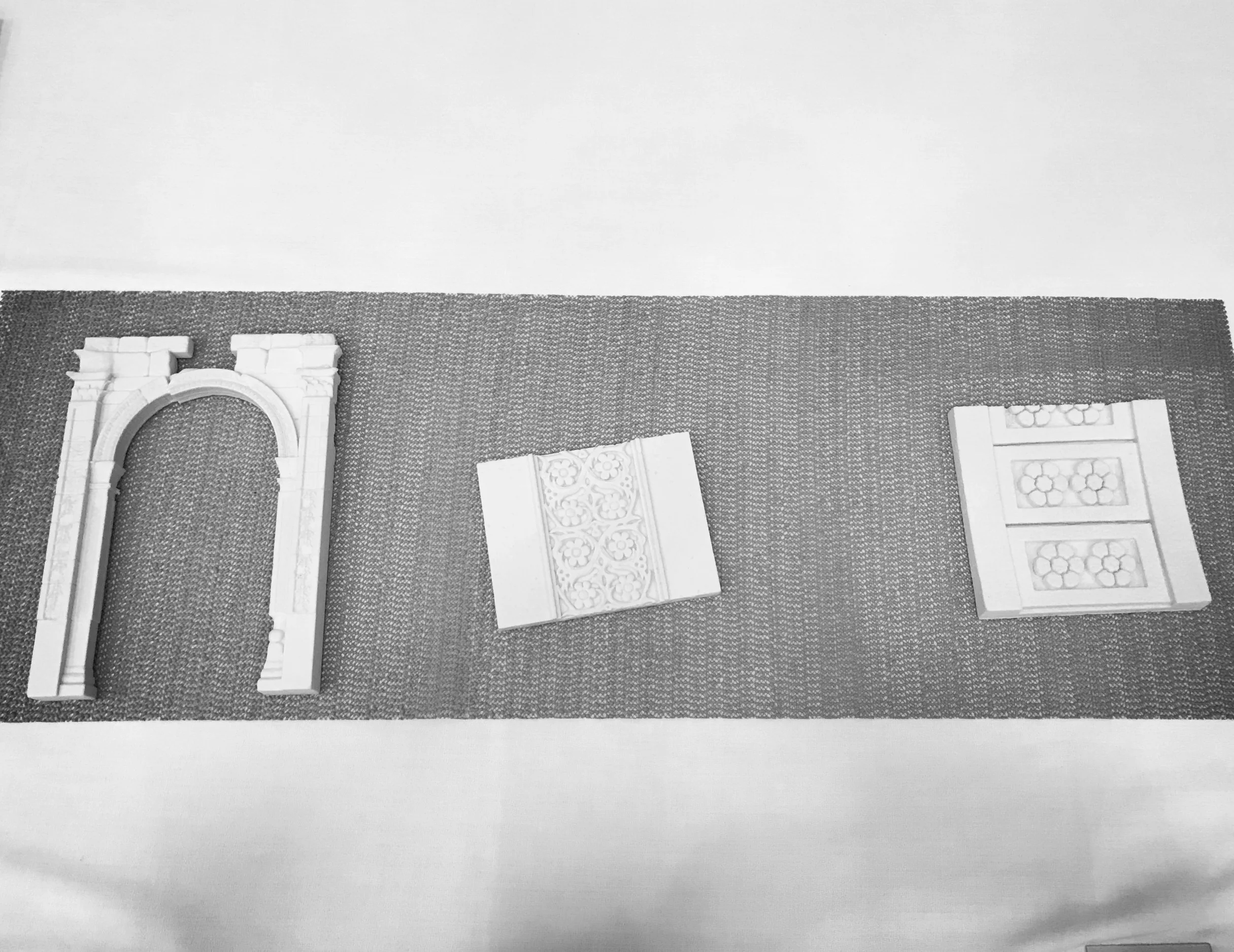Accessible Archaeology for the Blind and Partially Sighted
Archaeology is often regarded as a visual discipline. With many sites and objects trapped behind walls, cordons and glass, the visual dimension of these materials historically has been the sole point of contact for all but the most privileged visitors. Increasingly, however, that is no longer the case. New digital technologies are profoundly changing the way people interact with ancient treasures. VR and AR technology offers close-up experiences of heritage assets. Likewise, 3D scanning, printing and carving technology has made it possible to recreate objects and architecture with a high degree of precision, but in a form that allows visitors to have a tactile experience of these materials. While useful and interesting to everyone, these technologies are especially significant for sight-impaired visitors. For the first time, archaeology, large and small, can be encountered directly through the sense of touch.
In 2016, the IDA mounted a tactile exhibition at the Andrew Heiskell Braille and Talking Books Library in New York City. Initially focused on the IDA's reconstruction of Palmyra's Triumphal Arch, the exhibition represented the launch of a larger project in collaboration with the UK’s Royal National Institute for the Blind (RNIB), the USA’s National Federation of the Blind (NFB), and the New York public Library (NYPL). The goal was -- and still is -- is to develop and deploy 3D printing technology to help to make cultural heritage assets, small and large, universally accessible. Emerging technologies have the power to make the museum and gallery experience more welcoming, inclusive, and inspiring for people with a broad range of sensory abilities. To demonstrate the potential of this approach, the IDA has crested a traveling library of tactile objects that have been displayed at sites around the world, attracting tens of thousand of visitors from all backgrounds.
IDA’s tactile arch exhibition at the NFB Tactile graphics symposium 2018
chancey fleet, steve landau, alexy karenowska, and emilie gossiaux at nypl september 2016
This ground-breaking exhibition, launched at the NYPL in 2016, has found a permanent home at the National Federation of the Blind campus in Baltimore, Maryland. A total of seven tactile exhibits, complete with braille, large print, and audio exhibition guides, explore the key architectural and decorative features of ancient structures. The IDA continues to work with the NFB to explore new methods for improving the accessibility of archaeological exhibits for sight-impaired visitors. To this end, the IDA convenes, co-presents and supports workshops and conferences on tactile graphics and tactile art. By working closely and collaboratively with members of the NFB community, the IDA is helping to enrich the museum experience for all visitors. The IDA was also excited to speak with NYC area museums at the most recent New York Public Library Accessible Community, Culture, and Technology Fair, to learn more about the progress museums are making in accessible art.
tactile lithics produced by archaeologist cheryl fogle-hatch
ken perry of APH and archaeologist cheryl fogle-hatch try out the new graphiti
crowds at the new york public library accessible community, culture and technology fair, 2018
audio and tactile map of the google campus Los Angeles, from Touch graphics inc.
ida’s Erin simmons delivers keynote address at #nfbtg 2018








